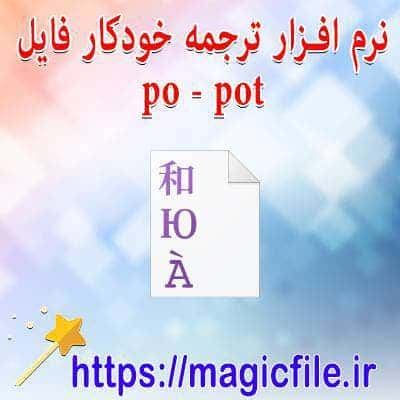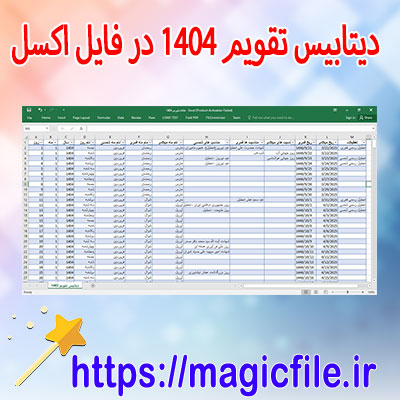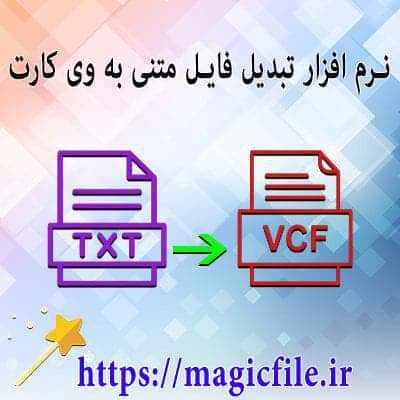ENGLISH TO CHINESE TRANSLATION: A COMPREHENSIVE GUIDE
English and Chinese, two of the world’s most widely spoken languages, offer unique challenges and fascinating differences in translation. Understanding these differences is crucial for effective communication.
TRANSLATION CHALLENGES
Firstly, the grammatical structure varies significantly. English follows a Subject-Verb-Object (SVO) order, while Chinese often employs a similar structure but can also utilize context to convey meaning. For instance, in English, “I eat an apple” is clear and direct. Conversely, in Chinese, the same sentence translates to “我吃一个苹果” (Wǒ chī yī gè píngguǒ), which maintains the SVO order but relies heavily on context for additional nuances.
Secondly, tones in Chinese can drastically change meanings. Mandarin Chinese has four primary tones, and an incorrect tone can lead to misunderstandings. For example, “mā” (妈) means “mother,” while “mǎ” (马) means “horse.” This crucial aspect doesn’t exist in English, highlighting the need for careful pronunciation.
CULTURAL CONTEXT
Moreover, cultural context plays an essential role in translation. Idiomatic expressions in English, such as “kick the bucket” (to die), may not have a direct counterpart in Chinese. Therefore, translators often opt for equivalent phrases that convey the same sentiment, such as “翘辫子” (qiào biànzi), which literally means “to raise one’s pigtail.”
TRANSLATION TOOLS
Furthermore, modern technology has revolutionized translation. Tools like Google Translate provide quick, though sometimes inaccurate, translations. Professional translators, however, often rely on a combination of linguistic expertise and cultural knowledge to ensure nuance and context are preserved.
CONCLUSION
In conclusion, translating from English to Chinese requires not only linguistic skills but also an appreciation for cultural subtleties. By recognizing the grammatical differences, tonal challenges, and cultural contexts, translators can achieve a more accurate and meaningful translation.
ENGLISH TO CHINESE TRANSLATION: A COMPREHENSIVE OVERVIEW
انتقال زبان انگلیسی به چینی یک فرایند پیچیده و در عین حال جالب است. این دو زبان، هر کدام دارای ساختار و ویژگیهای خاص خود هستند.
چینی، به ویژه به خاطر سیستم نوشتاریاش، میتواند چالشهای خاصی را ارائه دهد. زبان چینی به جای الفبا، از کاراکترهای خاص استفاده میکند. این کاراکترها نه تنها حروف، بلکه معانی خاصی را نیز به خود دارند. به عنوان مثال، کلمه "ما" در چینی میتواند به معانی مختلفی همچون "مادر" یا "اسب" باشد، بسته به نوع تن صدا.
از سوی دیگر، زبان انگلیسی به خاطر ساختار قاعدهمند و استفاده از حروف الفبا، ممکن است برای زبانآموزان چینی آسانتر به نظر برسد.
TRANSLATION CHALLENGES
به طور کلی، ترجمه میان این دو زبان با چالشهایی مواجه است. واژگان، اصطلاحات و عبارات خاص فرهنگی میتوانند به سادگی به زبان دیگر ترجمه نشوند. بنابراین، درک عمیق هر دو زبان و فرهنگهای مربوطه، حیاتی است.
در نهایت، ابزارهای ترجمه آنلاین و نرمافزارهای خاص میتوانند به تسهیل این فرایند کمک کنند. اما همیشه باید به یاد داشت که ترجمه انسانی و با دقت، بهترین نتیجه را به ارمغان میآورد.
در نتیجه، یادگیری زبان چینی برای انگلیسیزبانها، و بالعکس، یک سفر جذاب و چالشبرانگیز است. با یادگیری و تمرین، میتوان بر این چالشها غلبه کرد و به تسلط در هر دو زبان دست یافت.





